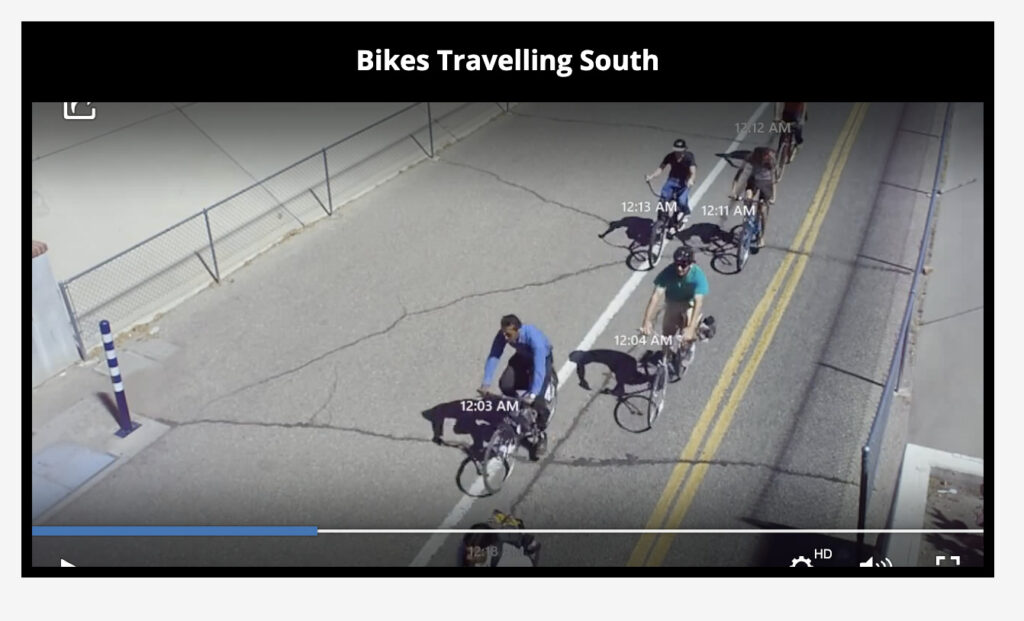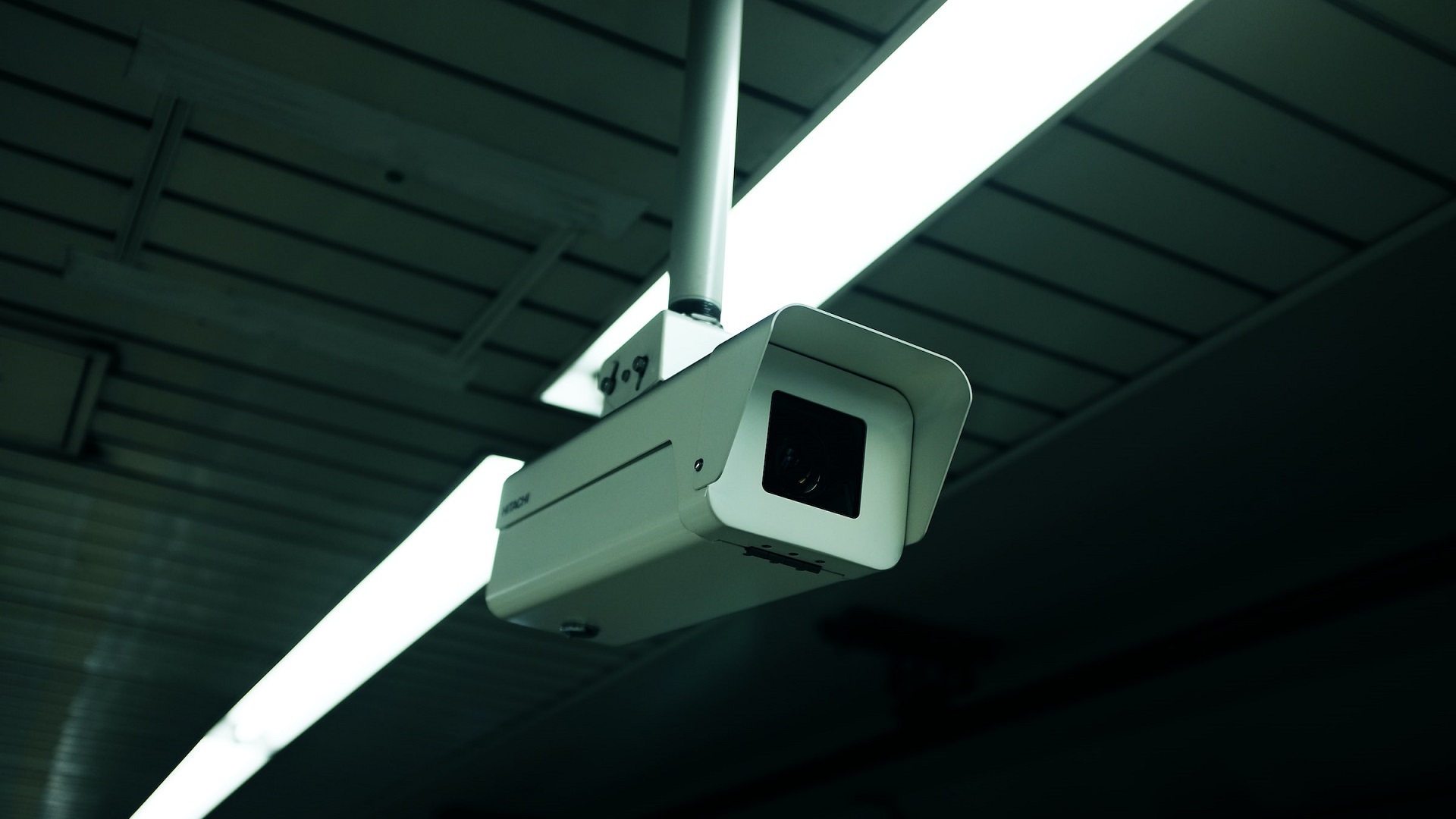Since 2015, several national police departments have reportedly used software provided by the Israeli company BriefCam, now owned by the Japanese group Canon. BriefCam can use surveillance camera feeds to analyze a scene… or use facial recognition to track a subject. An illegal practice in France.
In France, facial recognition is strictly regulated. It is authorized in rare cases (to cross borders and in the processing of criminal records), sometimes experimented with (in stadiums in particular), but is subject to firm regulation, which requires any organization to complete numerous files. and to require an independent audit to test it. The interest is to protect individual freedoms, which explains why the use of algorithmic video surveillance, without facial recognition, is so controversial at the Paris Olympics.
In an investigation published on November 14, the investigative media Disclose warns of a potential drift by the national police. According to his information, since 2015 several French departments have had a license for video surveillance software from the Israeli company BriefCam, a subsidiary of the Japanese group Canon. The problem is that BriefCam software allows the use of facial recognition functions and that the Ministry of the Interior has not informed the competent authorities, such as the CNIL.
BriefCam, a brain for surveillance cameras
Is the use of BriefCam tools illegal? Answering this question is not easy, since the company’s software is a real Swiss army knife. On its site, BriefCam explains “Generate exponential value from investments in surveillance systems by making video searchable, actionable and quantifiable. »
One of its software, used by the national police, allows for example to create summary videos from a long file. Concretely, it uses AI to give the impression that all the people who walked on a road for 30 minutes were in the same place at the same time. “Video Synopsis,” as BriefCam calls it, makes life easier for investigators, who can view all camera activity over several hours in just a few seconds.

BriefCam offers other technologies similar to the national police, such as “Smart Synopsis”. Here, the aim is to allow police officers to concentrate on a single type of action. They can only ask to see the bikes going in the same direction, then get a summary of a few seconds where all the bikes follow each other. It’s up to them to identify their suspect, without facial recognition, therefore.


The problem, as Disclose points out, is that BriefCam has multiple facial recognition technologies. In the same software as that used by the national police, you can search for a person based on an image. In a few seconds, BriefCam is able to search for the target face in all the hours of video surveillance it has, in order to find a person. In the previous examples, BriefCam could have found the passage of a cyclist with his photo, if it had been provided to him.
Does the National Police use BriefCam facial recognition? Legally speaking, she doesn’t have the right. But the use of the software in Seine-et-Marne, the Rhône, the North, the Alpes-Maritimes and Haute-Garonne raises questions, especially since the national police are not very transparent about their flagship software. Other services have since seen BriefCam arrive on their computers, including the prefectures of Paris and Marseille.
The Ministry of the Interior would not have told the CNIL that it was using BriefCam
According to information from Disclose, the Ministry of the Interior has never informed the CNIL of its use of BriefCam services, even though it is legally obliged to do so. It also did not carry out a data protection impact assessment, although this is a mandatory step. Disclose questions the discretion of the police, who ask those in charge not to talk about the software, to avoid creating controversies.


In an email sent in 2022, the department in charge of the DGPN’s technological tools would have praised the monitoring functionalities of “license plates and faces” from BriefCam, but also “the distinction of gender, age, adult or child, size “. While tracking a license plate is supposedly no problem, anything related to people’s faces is not legal. However, the Ministry of the Interior is said to have renewed licenses for the use of BriefCam software in several cities this summer.
Subscribe for free to Artificielles, our newsletter on AI, designed by AIs, verified by Numerama!
